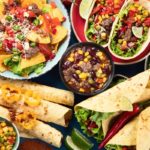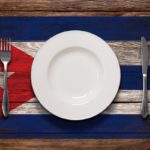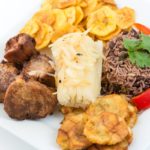No, Cuban food is not spicy, and there are a few reasons for this. It seems pretty strange that despite there being such a heavy Spanish influence on Cuba, Cuban food is much more subtle in flavors than a lot of Latin food.
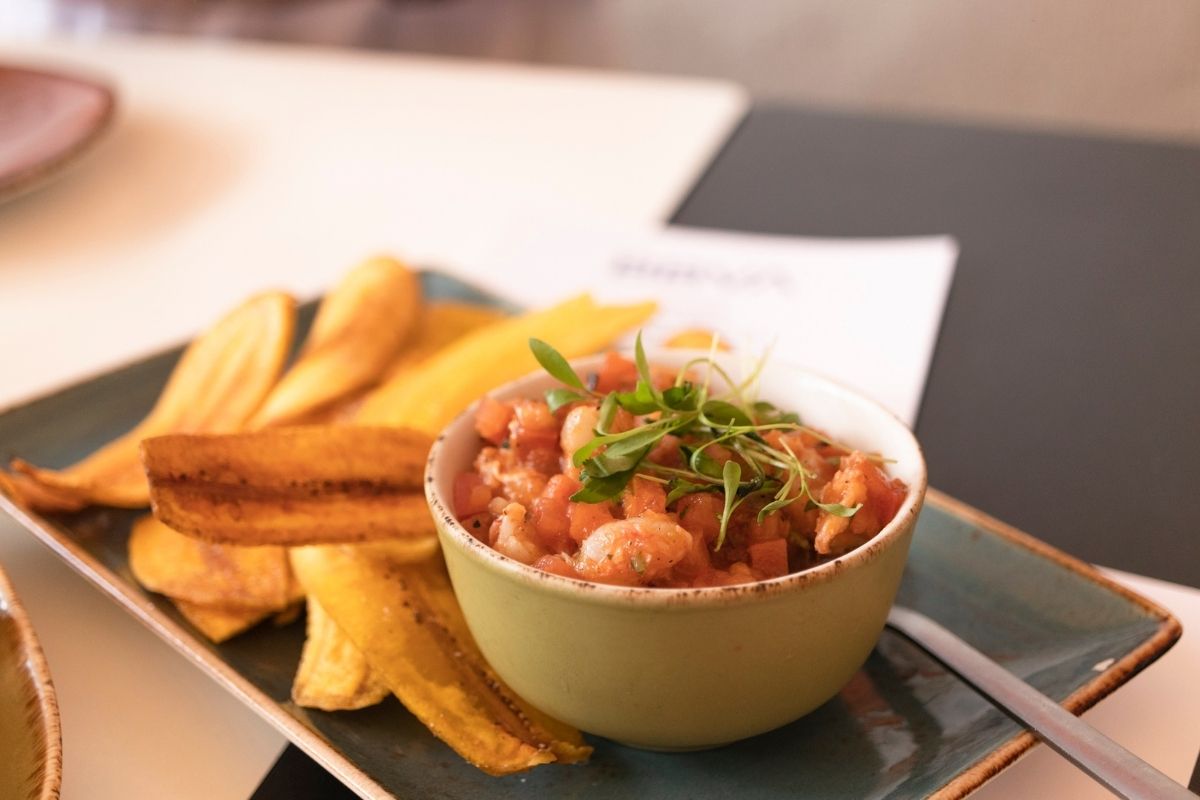
Every style of Latin food is unique, not everything is the same as Mexican food, and there are so many different cuisines to explore from Dominican, Peruvian, Columbian, and yes, Cuban!
Today we’re going to dive a little deeper into Cuban cuisine. What makes it unique to Cuba and how the history of the island has shaped the tastes of the food.
Cuban food is a hearty and mouth-watering collaboration of African, Spanish, and Caribbean flavor profiles and has been melded over time to create a style of cooking that brings together mainly slow-cooked ingredients and many of the same components in lots of the dishes.
A majority of Cuban dishes use a lot of similar herbs and seasonings, but what’s interesting is that despite so many Spanish, African and Caribbean influences (all having a predilection for spicy and piquant flavored foods), Cuban food doesn’t really share these spicy notes at all.
And whilst there are lots of differences between the Latin cuisines, almost all of them incorporate chilis in some regard.
Why Isn’t Cuban Food Spicy?
Cuban food has a little bit of a reputation of being a bit bland, in fact, you’d be hard-pressed to find even pepper on the dining table!
It has to be emphasized that Cubans really do not eat spicy foods at all, and thus the food itself takes a little getting used to if you’re very accustomed to a lot of heat in your dishes.
‘Bland’ however is a step too far, and there are plenty of robust and amazing flavors in Cuban cooking for you to sink your teeth into.
A lot of this comes down to the history of Cuba. As the native population was massacred by the Spanish far quicker than, say, Mexico, the predominant influences are from their cuisine and the native people of Cuba have little influence over the current foods.
A big part of the lack of spice is due to the history of farming on the island.
Most of the crops grown since the implementation of the Castro government were chosen by the government, with chilis not making the cut- instead favoring the land for more useful crops and grains.
What Is Typical Cuban Cuisine?
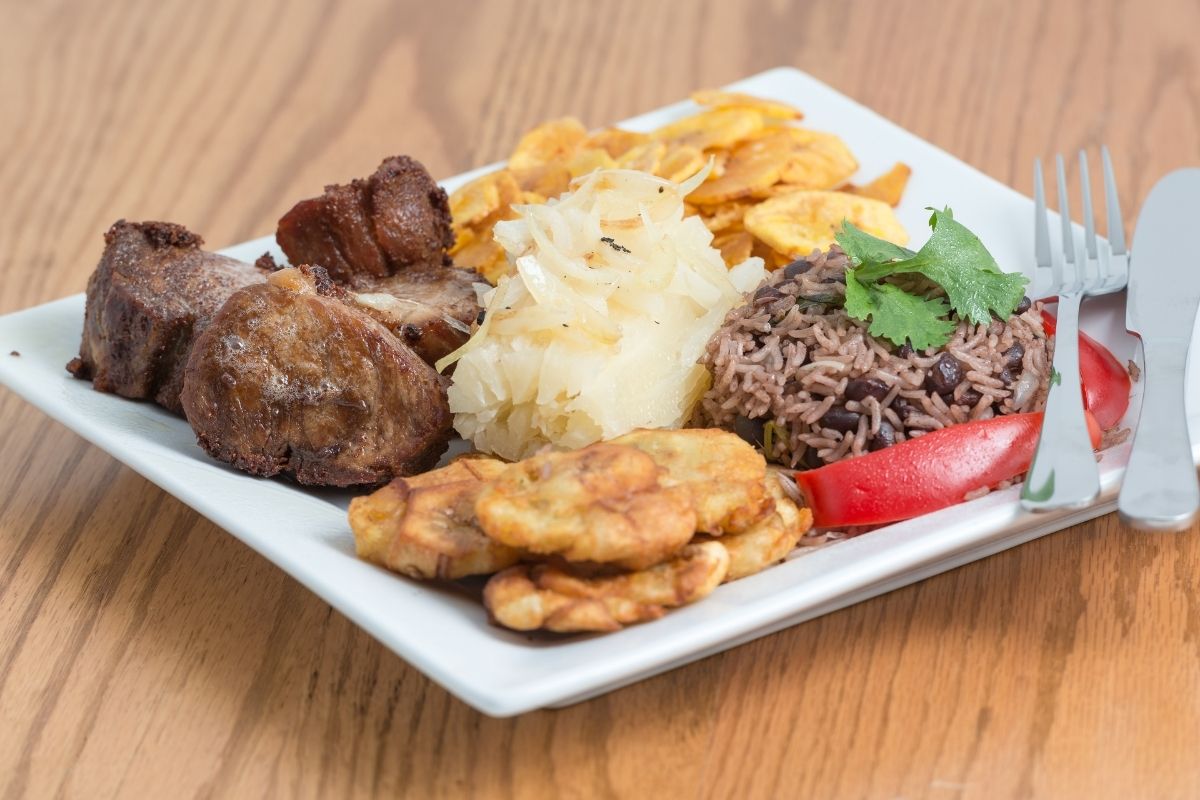
Typical Cuban cuisine consists of meat, rice, and beans in many different forms. Despite being an island nation, most Cubans would prefer to eat meat over fish if possible.
So much so that Fidel Castro himself made a point to eat fish on national television in a bid to encourage the population to eat more of it.
Nowadays you will often see it featured in Cuban cuisine, though pork is by far the most favored. These meats or fish would usually be marinated in a variety of tangy and citrus marinades, known as mojo marinade.
As about two-thirds of Cuba is either beaches or hills and mountains, it is not great land for rearing cattle and other livestock.
Most Cuban dishes start with a ‘sofrito’, also known as a holy trinity of ingredients. You may recognize this from Italian cuisine.
Though whilst an Italian sofrito is made up of celery, carrots, and onions, a Cuban sofrito is made up of green peppers, onion, and garlic.
This sofrito is usually fried up slowly with olive oil before adding herbs and spices. The most often used ones are cumin, oregano, and bay leaves.
Another thing that you won’t tend to find much in Cuban cooking is a variety of vegetables. There are some seasonal vegetables, but for the most part, dishes are built around plantains and root vegetables such as potatoes and yuca.
Pairing with the tender marinated meat and cooked root vegetables, you’ll also run into some Chinese influences in the cooking. These come in the form of white rice and certain spices.
Rice is usually cooked with black beans to form a traditional Cuban meal of ‘moros’.
What Is A Typical Cuban Breakfast?
Cuban bread is very popular here. It is typically a semi-dense white loaf with a thin and crispy crust and a slightly sweet filling.
It has a slightly more fatty texture than a traditional french style baguette due to the extra lard within the dough but still has a moreish and crispy crust similar to a baguette.
Toasted Cuban bread is often dunked into cafe con leche (coffee with foamed milk) and tasty extras such as fresh fruit, ham croquettes, and beef and guava pastillas might accompany it if you are being spoiled.
Cuban coffee is incredibly popular and you’ll be hard-pressed to walk through any Cuban street without being able to smell the beautiful aromas of coffee from someone’s house or a nearby cafe.
What Grows In Cuba?

Like any culture, the landscape and the temperature play a huge part in what foods grow there.
Cuba has a lot of fallow lands that the state cannot afford to cultivate, but there is still a wide range of great classic foods that you would find in most Caribbean islands and Central America.
These include:
- Avocado
- Potato
- Tomatoes
- Sugar
- Guava
- Papaya
- Coffee
- Bananas
- Rice
- Yuca
Most of the other foods found in Cuba are actually imported, and there are a lot of more seasonal ingredients that are grown in Cuba but the locals can’t usually afford them.
History Of Cuban Food
Up to the revolution, there were a large variety of cuisines in Cuba, catering to a large number of American tourists, and the various Chinese contract workers and other cultures.
However, after the revolution and with food scarcity thanks to the many trade embargos from the US, you simply couldn’t find these kinds of ingredients in Cuba.
This has greatly affected the kind of food that has become commonplace in Cuba today and has shaped the way people eat nowadays.
Whilst there still isn’t the kind of selection of foods that you might find in other international countries, Cuban housewives and chefs are very proud of their cooking, and we recommend you try to get some local cooking for yourself from the local landlords of your hotel or where you are staying.
Final Thoughts
Cuban food is not spicy, by any stretch of the imagination. It relies far more on bright fresh ingredients and natural flavors ring true here.
Whilst food scarcity and the old influences of Spanish and African have played a huge role in shaping the cuisine, you’ll also find many small influences from other nations weaved into the culture.
A typical meal would consist of marinated pork, rice, and black beans served in the form of stews and starchy side dishes.
Whilst the meals may seem basic in terms of ingredients and seasonings, they are certainly not bland and you’ll be in for a treat if you look for the right places in Cuba.
Expect heartwarming stews, succulent meat, and fish, and simply prepared food that lifts your heart.
- What Is The Largest Island In Cuba? - September 19, 2022
- Havana – Why Is It Cuba’s Most Exciting City? - September 19, 2022
- Cheapest Time To Visit Cuba (Ultimate Guide) - September 19, 2022

